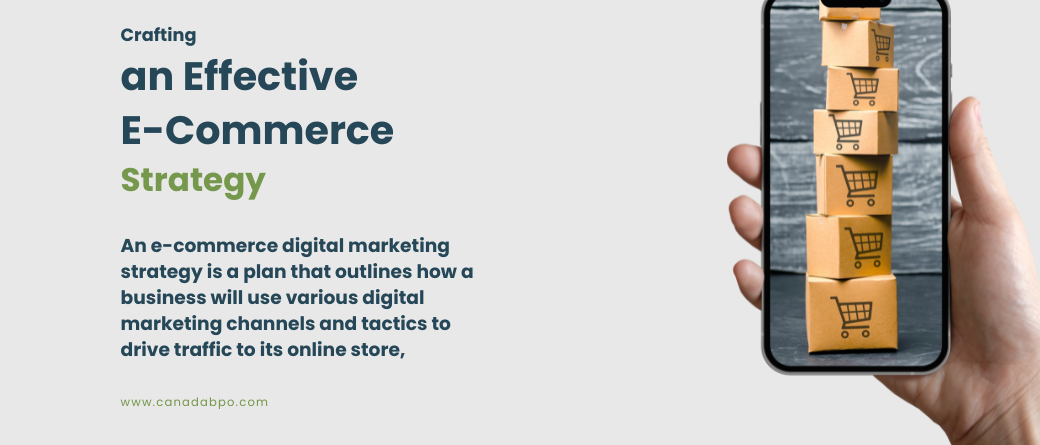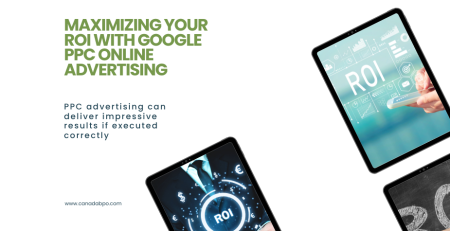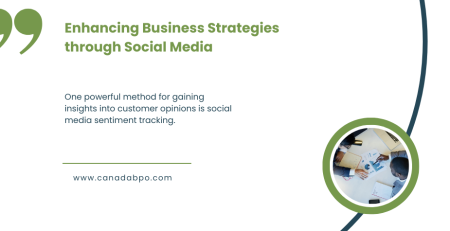In today’s digital landscape, an effective e-commerce digital marketing strategy is essential for driving traffic, increasing sales, and building brand loyalty. As online shopping continues to grow, businesses must adapt and implement a comprehensive digital marketing plan to stay competitive and capture their target audience’s attention. This blog post will delve into key components of a successful e-commerce digital marketing strategy and offer actionable insights to help you optimize your online presence.
What Is an E-Commerce Digital Marketing Strategy?
An e-commerce digital marketing strategy is a plan that outlines how a business will use various digital marketing channels and tactics to drive traffic to its online store, convert visitors into customers, and increase sales. This strategy encompasses a range of activities, including search engine optimization (SEO), content marketing, social media marketing, email marketing, and paid advertising, tailored specifically for e-commerce goals.
Key Components of a Successful E-Commerce Digital Marketing Strategy
- Optimize Your Website for User Experience
The foundation of any successful e-commerce strategy starts with an optimized website. Your website should offer a seamless user experience, making it easy for visitors to navigate, find products, and complete purchases.
Key Tactics:- Mobile Optimization: Ensure your website is fully responsive and provides a smooth experience on mobile devices.
- Fast Loading Speed: Optimize images, use caching, and streamline code to improve loading times.
- Clear Navigation: Implement intuitive menus, search functionality, and filters to help users find products quickly.
- Effective Call-to-Actions (CTAs): Use clear and compelling CTAs to guide users through the purchase process.
- Tips:
- Test User Experience: Regularly test your website’s usability and make adjustments based on feedback and analytics.
- Monitor Performance: Use tools like Google Analytics to track user behavior and identify areas for improvement.
- Leverage SEO for E-Commerce
Search Engine Optimization (SEO) is crucial for driving organic traffic to your e-commerce site. By optimizing your website for search engines, you increase its visibility and attract potential customers who are actively searching for products or services you offer.
Key Tactics:- Keyword Research: Identify high-value keywords related to your products and incorporate them into your site’s content, meta tags, and product descriptions.
- On-Page SEO: Optimize individual product pages with relevant keywords, compelling product descriptions, and high-quality images.
- Technical SEO: Ensure your website is crawlable and indexable by search engines. Fix issues like broken links and duplicate content.
- Tips:
- Focus on Local SEO: If you have a physical store, optimize your website for local search to attract nearby customers.
- Monitor SEO Performance: Use tools like Google Search Console and SEMrush to track your SEO efforts and make necessary adjustments.
- Create Compelling Content
Content marketing is a powerful tool for engaging your audience, driving traffic, and building brand authority. High-quality content can educate, entertain, and persuade potential customers to choose your e-commerce store over competitors.
Key Tactics:- Product Descriptions: Write detailed, informative, and engaging product descriptions that highlight key features and benefits.
- Blog Posts: Create blog content related to your industry, products, or customer interests to drive traffic and establish your expertise.
- Video Content: Use product videos, tutorials, and customer testimonials to enhance the shopping experience and build trust.
- Tips:
- Promote Your Content: Share your content on social media and other channels to reach a broader audience.
- Engage with Your Audience: Encourage comments, questions, and feedback on your content to foster engagement and build relationships.
- Utilize Social Media Marketing
Social media platforms are essential for reaching and engaging with your target audience. Effective social media marketing can drive traffic, increase brand awareness, and build a community around your e-commerce brand.
Key Tactics:- Platform Selection: Choose social media platforms that align with your target audience. For e-commerce, Instagram, Facebook, and Pinterest are often effective.
- Content Strategy: Share a mix of promotional content, user-generated content, and interactive posts to engage your audience.
- Social Advertising: Use paid social media ads to target specific demographics and drive traffic to your website.
- Tips:
- Monitor Engagement: Track social media metrics to understand what content resonates with your audience and adjust your strategy accordingly.
- Run Contests and Promotions: Engage users and drive sales through social media contests, giveaways, and special promotions.
- Implement Email Marketing Campaigns
Email marketing remains one of the most effective ways to nurture leads, drive sales, and retain customers. A well-executed email marketing campaign can keep your audience informed about promotions, new products, and exclusive offers.
Key Tactics:- Segment Your List: Divide your email list into segments based on factors such as purchase history, browsing behavior, and preferences.
- Personalize Emails: Use personalization techniques to tailor email content to individual recipients, increasing relevance and engagement.
- Automate Campaigns: Set up automated email workflows for abandoned cart reminders, welcome sequences, and re-engagement campaigns.
- Tips:
- Monitor Metrics: Track email open rates, click-through rates, and conversion rates to assess the effectiveness of your campaigns.
- A/B Test: Experiment with different subject lines, content, and CTAs to find what works best for your audience.
- Invest in Paid Advertising
Paid advertising can drive targeted traffic to your e-commerce site and boost conversions. By leveraging various ad platforms, you can reach potential customers who are actively searching for products or services similar to yours.
Key Tactics:- Google Ads: Use Google Ads to target keywords related to your products and appear in search results.
- Social Media Ads: Implement paid ads on platforms like Facebook and Instagram to reach specific demographics and interests.
- Retargeting: Use retargeting ads to re-engage visitors who have previously interacted with your website but did not complete a purchase.
- Tips:
- Set Clear Goals: Define your advertising objectives and measure performance against key metrics such as ROI and cost per acquisition.
- Optimize Campaigns: Continuously monitor and refine your ad campaigns based on performance data and insights.
An effective e-commerce digital marketing strategy involves a combination of optimizing your website, leveraging SEO, creating compelling content, utilizing social media, implementing email marketing, and investing in paid advertising. By focusing on these key areas and tailoring your approach to meet the specific needs of your target audience, you can drive traffic, increase sales, and build a strong online presence for your e-commerce business.
Continuously monitor and adjust your strategies based on performance data and market trends to stay competitive and achieve long-term success. Embrace the digital landscape to maximize your e-commerce potential and achieve your business goals











Leave a Reply